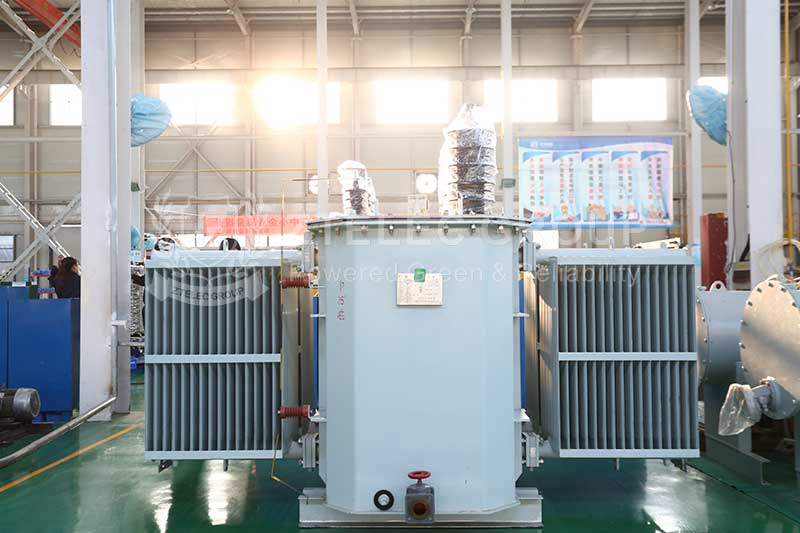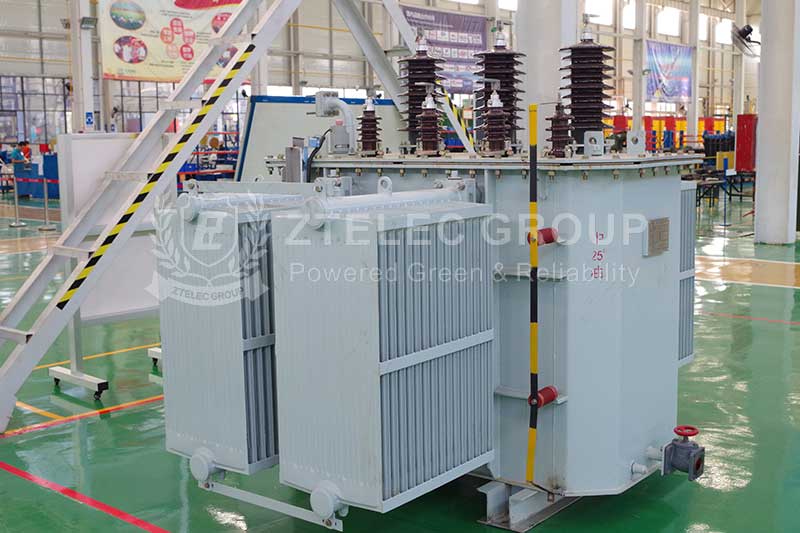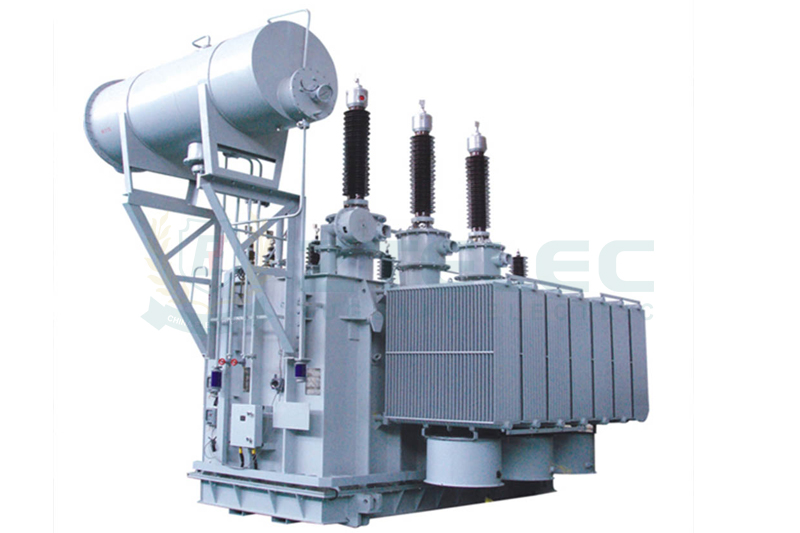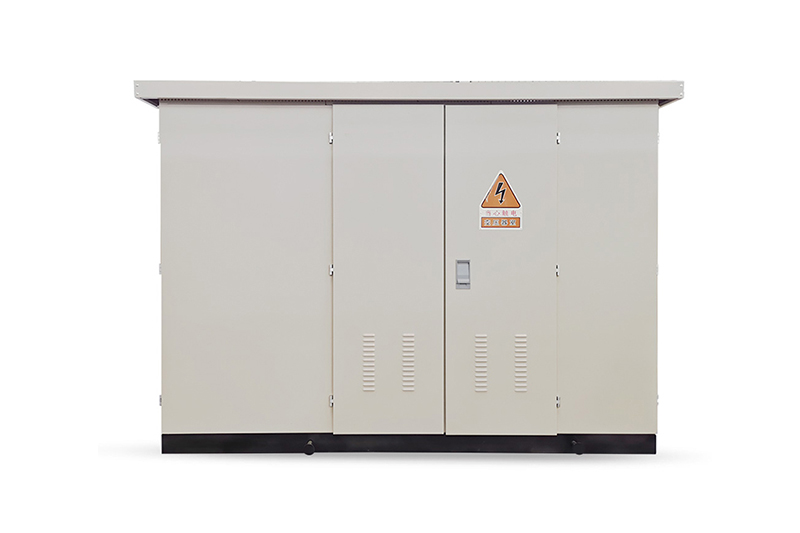Cooling methods for oil-immersed transformers
Time:2024-10-23 Auther:ZTelec-www.ztelectransformer.com
What is an oil-immersed transformer?
An oil-immersed transformer is a widely used type of transformer that utilizes insulating oil for both cooling and insulating its internal components. It comprises two or more coils (primary and secondary windings) and a core. These coils and the core are submerged in insulating oil to preserve their cooling and insulation properties.
The Working Principle of Oil-Immersed Self-Cooling
The working principle of oil-immersed self-cooling relies on the natural convection of oil to transfer heat generated by the transformer to the surface of the oil tank and the cooling tubes. Subsequently, the heat is dissipated through air convection and thermal conduction. This cooling system does not require specialized cooling equipment.
Oil-Immersed Forced-Air Cooling
The working principle of oil-immersed forced-air cooling is based on the concepts of oil-immersed self-cooling. In addition to these fundamental principles, fans are often installed on the surface of the oil tank or on the cooling tubes. These fans enhance the cooling process by circulating air, which can increase the transformer’s capacity and load-carrying capability by nearly 35%.
Air-Cooled Forced Oil Circulation
Forced oil circulation air-cooled cooling systems are utilized for large-capacity transformers. This cooling system is based on the oil-immersed, air-cooled design, with a submersible oil pump installed on the connecting pipe between the main tank housing and the radiator, which is equipped with a fan (commonly referred to as the cooler). When the oil pump operates, it draws oil from the upper section of the radiator and returns it from the lower part of the transformer to the tank, thereby achieving forced oil circulation. The cooling efficiency is directly related to the circulation speed of the oil.

Forced Oil Circulation Water Cooling
The forced oil circulating water cooling system consists of a submersible oil pump, an oil cooler, oil pipes, and cooling water pipes. During operation, the oil in the upper part of the transformer is pressurized after being drawn in by the oil pump, which forces the oil to flow through the oil cooler, where cooling water is used to lower the oil’s temperature. This cooling method is highly effective; however, the sealing requirements for the transformer are stringent, and the oil pressure must exceed the pressure of the cooling water throughout the cooling process.
Maintenance and Safety Considerations for Oil-Immersed Transformers
Oil-immersed transformers require regular maintenance and adherence to safety precautions. Proper maintenance can extend the lifespan of the transformer and minimize the risk of safety hazards.
Regular visual inspections and cleaning are essential. Inspect the transformer to ensure that all components are in good condition and free from any potential leaks. Verify that all fittings are securely tightened. Clean both the external and internal parts of the transformer to remove dust, dirt, and other debris.
Regularly checking the oil is essential. Ensure that the oil is at the appropriate level. Additionally, collect oil samples and conduct tests, as using contaminated oil can lead to significant issues. Finally, monitor the temperature and pressure to ensure that the transformer operates within the recommended parameters.
As with any electrical equipment, there is always a risk of fire. It is crucial to ensure that oil does not leak from the transformer in the event of a fire. Oil can exacerbate the situation by causing the fire to spread, making it more dangerous.





